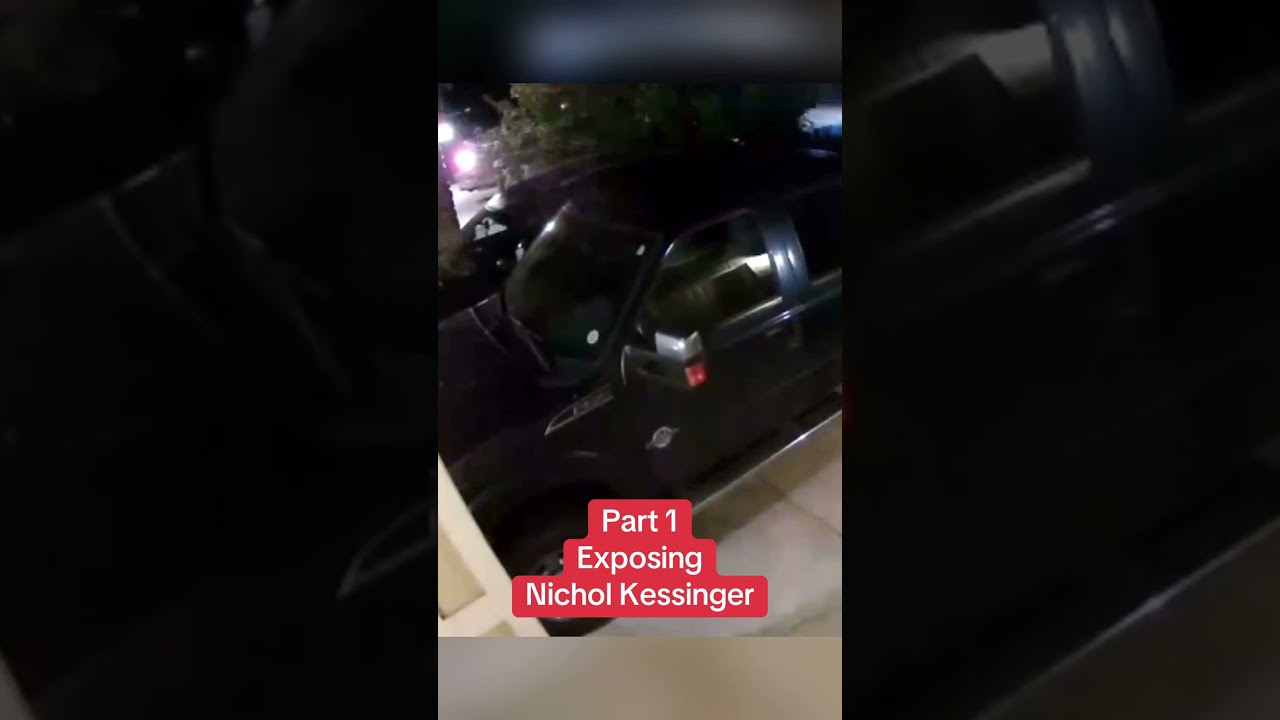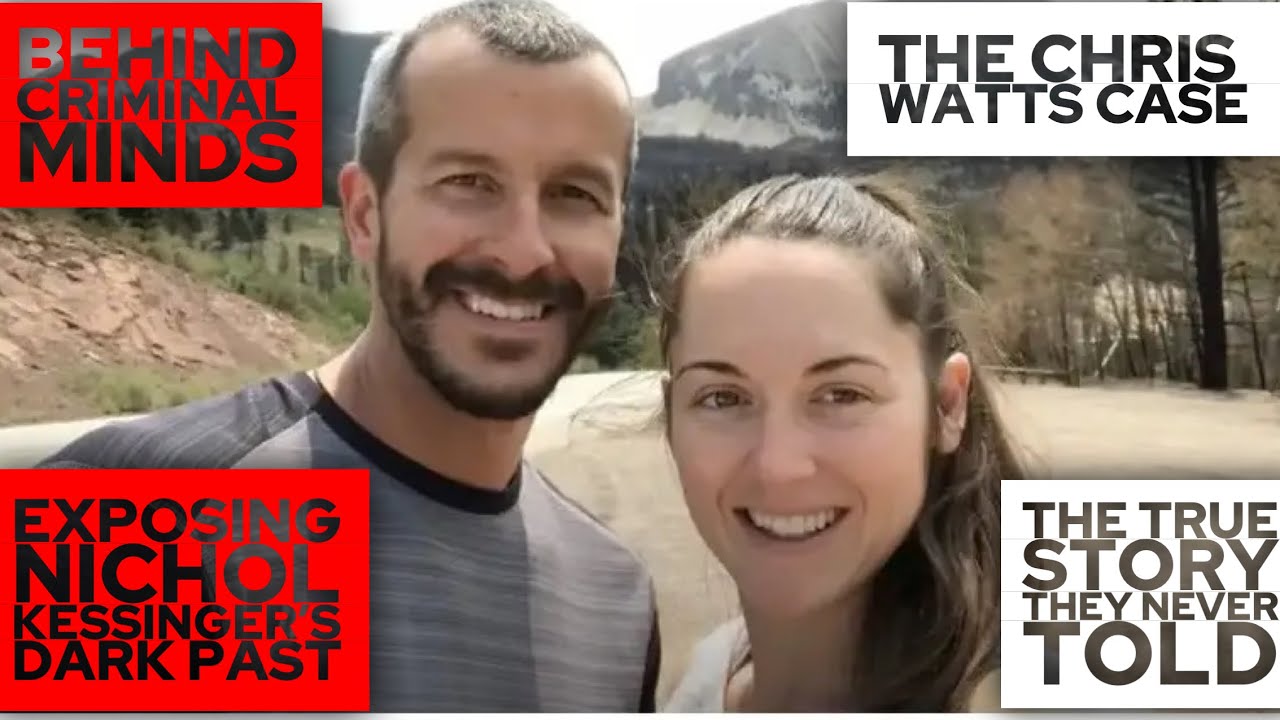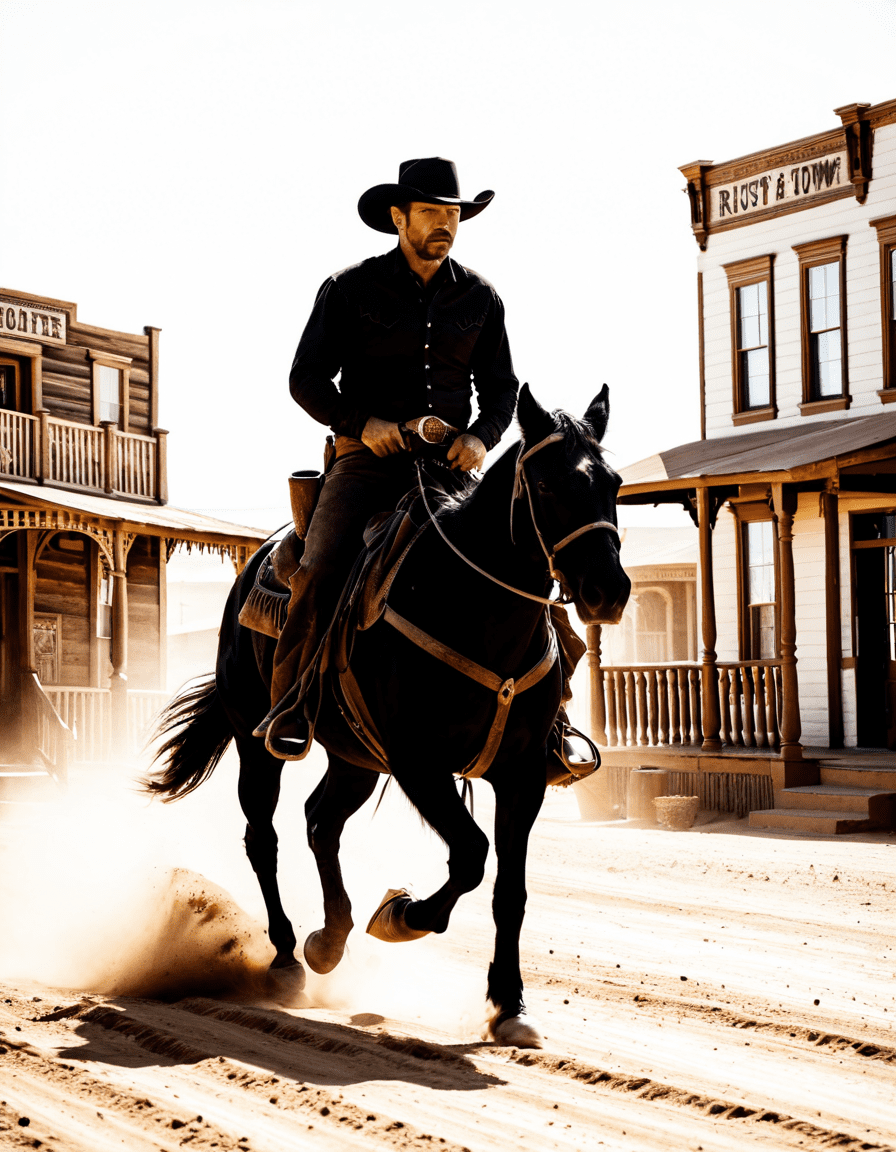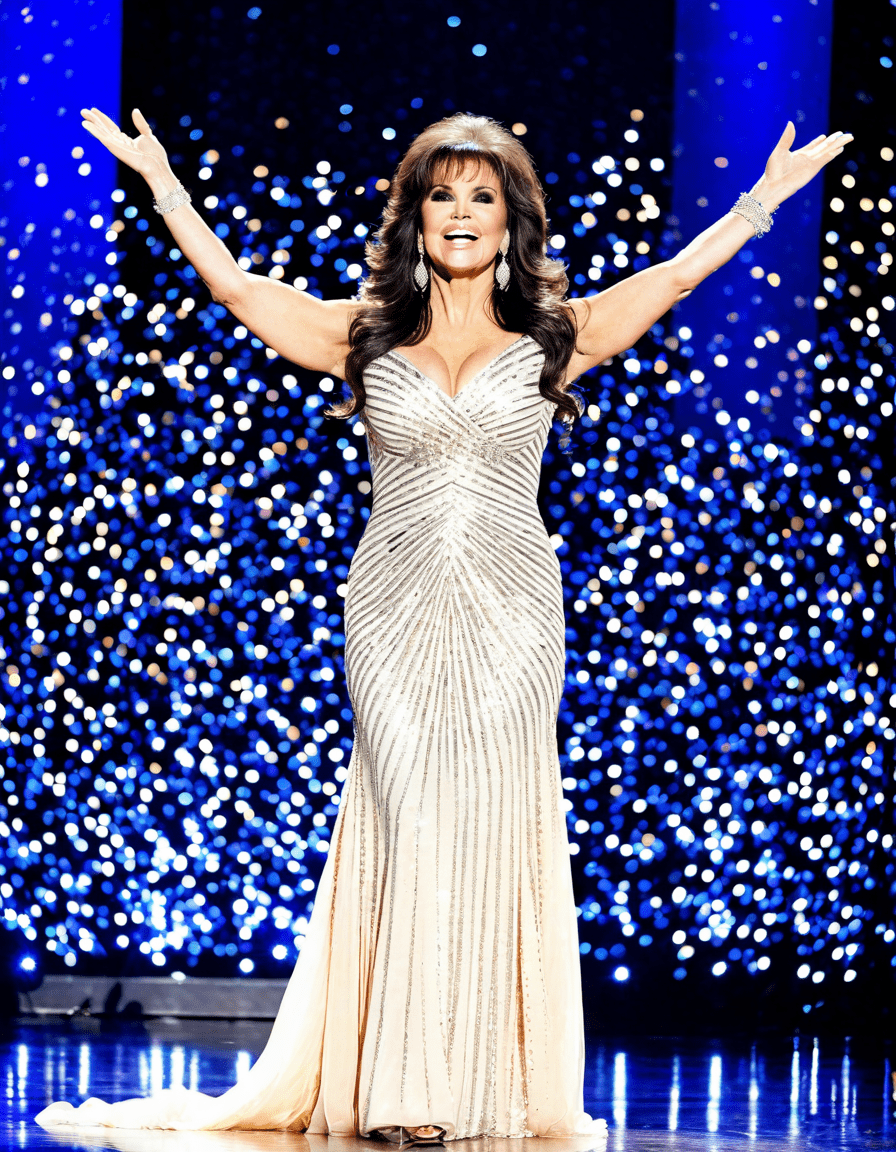The story of Nichol Kessinger is tangled in one of the most harrowing true crime sagas of our time—the tragic case of Chris Watts. This isn’t merely a story of love and betrayal; it’s a chilling narrative that has gripped the nation. As we delve into Kessinger’s role, we uncover her impact on the case and the swirling public discourse that has followed her since that fateful summer.

7 Key Moments That Captured Nichol Kessinger’s Role

1. The Initial Relationship with Chris Watts
Nichol Kessinger met Chris Watts through their professional lives, sparking an affair charged with emotional highs and lows. The secrecy of their relationship began to amplify the stakes; after all, Watts was a husband and father. The fervor of their interactions was later analyzed. Kessinger soon found herself caught in a whirlwind that would alter her life forever, especially once the tragic reality of the Watts family drama became public.

2. Impact of the Tragedy on Kessinger’s Life
When Shanann Watts and her children vanished, Kessinger’s life turned upside down. The unfolding events thrust her into the spotlight, inviting relentless scrutiny from the media and the public. As reports swirled, Kessinger transitioned from a woman in an affair to a focal point in a national tragedy. The sheer weight of public examination transformed how she was viewed, oscillating between sympathy and scorn.
3. Media Portrayal and Public Perception
Media portrayal of Kessinger was a double-edged sword. Some outlets depicted her as a victim, ensnared in a web of events spiraling beyond her control. Others viciously critiqued her, rebranding her as a villain whose involvement led to disaster. This tug-of-war not only magnified Kessinger’s role but ignited a larger conversation about ethical journalism in exploring true crime stories, a subject that’s become crucial in today’s media landscape.
4. Legal Implications and Investigative Scrutiny
Kessinger’s connection to Watts didn’t just attract media attention; it carried significant legal ramifications. Law enforcement was determined to probe the nature of their relationship, pushing Kessinger into a corner. Her cooperation with authorities was crucial for the investigation. However, this only added fuel to the fire of public speculation, leaving her wrestling with the aftermath of choices made in a time when clarity fled the scene.
5. The Role of Social Media in Shaping Her Narrative
Social media turned Kessinger into a trending topic. The internet buzz amplified opinions, memes, and debates surrounding her character. From online forums to TikTok rants, every aspect of her life became fodder for discussion. This digital landscape often obscured the heart of the tragedy—the loss of Shanann and her children. Social media, while a tool for connection, can also warp context, leaving individuals like Kessinger lost in a sea of public judgment.
6. Parallel with Other True Crime Figures
Kessinger’s story isn’t an isolated incident; it parallels tales like that of Janine Lindemulder and Yolandi Visser, both of whom navigated the treacherous waters of public interest and scandal. In examining their experiences, we learn about the cumulatively progressive narrative that follows women at the center of public tragedies. These women often find themselves trapped between public fascination and personal turmoil, shedding light on society’s obsession with sensationalism.
7. Nichol Kessinger’s Life Post-Tragedy
As time has elapsed, Nichol Kessinger has largely retreated from the public eye. Yet, the psychological toll of being intertwined in such a traumatic event remains palpable. Conversations around mental health have surged, highlighting the dangers of being thrust into the media spotlight. This absence raises significant questions about personal accountability and the right to privacy in the aftermath of tragedy, particularly when lives are irrevocably altered.

The Intricacies of the True Crime Phenomenon
Kessinger’s involvement opens a crucial dialogue about crime, punishment, and public intrigue. This case challenges societal values, pushing us to question how we perceive those entangled in haunting narratives. As we analyze her role, it also reflects on the broader implications for media consumers; how do we engage with true crime without losing sight of the humanity on display?
While some people may echo Michael Schoeffling’s experience—captivating the public only to vanish—Kessinger’s continuing saga invites a robust reflection on compassion versus condemnation. Her experience underscores the often-unseen ramifications of violent crime, illuminating the human stories woven into fabrications of sensational headlines. We should engage in a nuanced dialogue regarding empathy in our modern media and the repercussions of this stark spotlight.
In the aftermath of tragedy, embracing a blend of understanding and accountability becomes essential. The tale of Nichol Kessinger is one not simply of scandal but of complexity in human relationships. As we contemplate her journey, we’re reminded of the moral responsibility that rests with each of us—not just in consuming media, but in shaping the conversations surrounding these emotionally charged narratives.
In sum, Nichol Kessinger’s life represents the intersection of love, loss, and the haunting pursuit of redemption, wrapped in a package that compels us to think deeply about our role in the true crime phenomenon. As we dissect her experiences through the lens of public interest, we find ourselves challenged to rethink our approach to empathy, justice, and the tangled web of relationships that underpin these tragic events.

Nichol Kessinger: Behind the Headlines
A Life in the Spotlight
Nichol Kessinger is often mentioned in the context of crime, but her story stretches beyond the headlines. Born and raised in Colorado, she once had a seemingly ordinary life, working as a geologist before getting ensnared in a shocking true crime narrative. In a twist of fate, her sensitive position amid such public scrutiny echoes the dramatic flair seen in classic cinema, much like the riveting performances of stars like Broderick Crawford in crime dramas. Kessinger’s connection to a notorious case has sparked debates and discussions, much like the literary musings found in the book Murder Is Easy, where the thin line between innocence and guilt is explored.
An Unexpected Connection
Kessinger’s narrative also reveals the unexpected intersections of life and crime. Just when you think you’ve heard it all, her role unfolded with twists that felt straight out of a mystery novel. From arranging meetings to even contemplating relocation, her actions seemed precognitive—making one wonder about the psychological nuances involved. Speaking of unexpected connections, did you know that many believe in the allure of sweet nostalgia? Just like enjoying some Utz chips during a cozy night in, you might find parallels in how memories shape people’s choices and behaviors.
The Ripple Effect
The impact of Nichol Kessinger’s involvement in true crime extends beyond her personal story. It’s fascinating how true crime stories have catalyzed a societal fascination, igniting conversations much like those sparked by platforms such as Zola Find a Couple, where relationships take center stage. Furthermore, her experience manifested as a tangible tension, reminding audiences of the layers of emotional complexity present in real-life situations. With layers akin to those we find in quilts from heritage brands like Montana Silversmiths, Kessinger’s journey remains woven into the fabric of modern crime culture.
Nichol Kessinger’s presence in this gripping narrative serves as a reminder that crime stories are never black and white, and they resonate deeply within our thought processes, much like the relatable struggles expressed in the popular piece, I Hate Myself. So, the next time you find yourself pondering this captivating tale, remember that every crime has layers that deserve thoughtful unraveling.

















